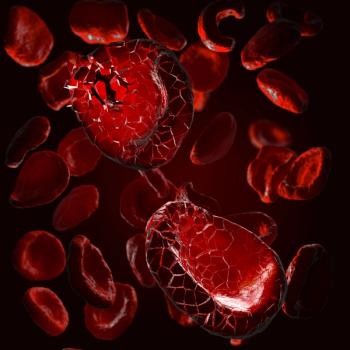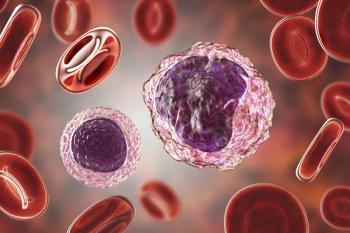
Oncology NEWS International
- Oncology NEWS International Vol 18 No 2
- Volume 18
- Issue 2
FDA launches pilot safety program for foreign drugs
The Food and Drug Administration has kicked off a voluntary pilot program to help promote the safety of drugs, and active drug ingredients, produced outside the U.S. The FDA plans to select 100 applicants to participate in the Secure Supply Chain pilot program.
The Food and Drug Administration has kicked off a voluntary pilot program to help promote the safety of drugs, and active drug ingredients, produced outside the U.S. The FDA plans to select 100 applicants to participate in the Secure Supply Chain pilot program.
To qualify, applicants will need to meet the pilot program’s criteria, including a requirement that they maintain control over the drug products from the time of manufacture through entry into the country.
“With the increase of drug products produced outside the U.S., it is critical that the FDA concentrate its resources on companies that pose the highest risk,” said Michael Chappell, acting associate commissioner, FDA regulatory affairs.
The goal of the pilot is to allow FDA to determine the practicality program of developing a secure supply chain program. A secure supply chain will help mitigate risks such as contamination and counterfeiting.
“This initiative creates incentives for drug makers to develop and maintain secure supply chains,” said Deborah Autor, director of the Offi ce of Compliance in FDA’s Center for Drug Evaluation and Research. “This is one of several agency initiatives to enhance drug product safety.” The pilot program is scheduled to run for a period of two years.
Articles in this issue
almost 17 years ago
Consortium advances multidisciplinary program for colon canceralmost 17 years ago
Celator joins leukemia society for phase II trial of CPX-351almost 17 years ago
Genzyme nabs FDA approval for stem cell mobilizing agentalmost 17 years ago
Radiation oncology society adopts new monikeralmost 17 years ago
Varian places RT units; offers storage systemalmost 17 years ago
Improvements in Pap screenings proposedalmost 17 years ago
New outlook for neuroendocrine canceralmost 17 years ago
Mismatched cord blood stem cells meet need for urgent Rx in acute leukemiaalmost 17 years ago
Risk of transplantrelated mortality doesn’t increase with cord bloodNewsletter
Stay up to date on recent advances in the multidisciplinary approach to cancer.


















































































